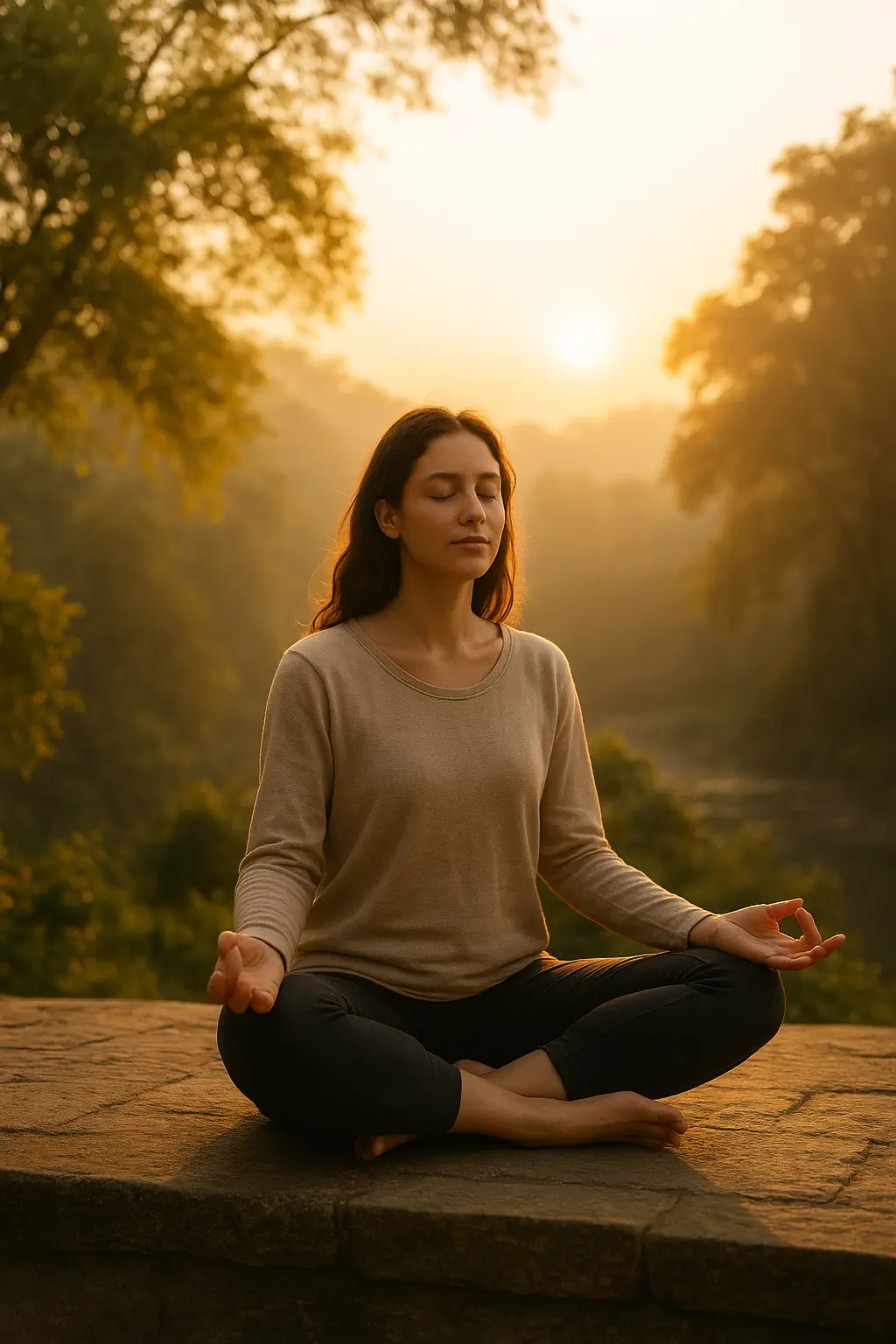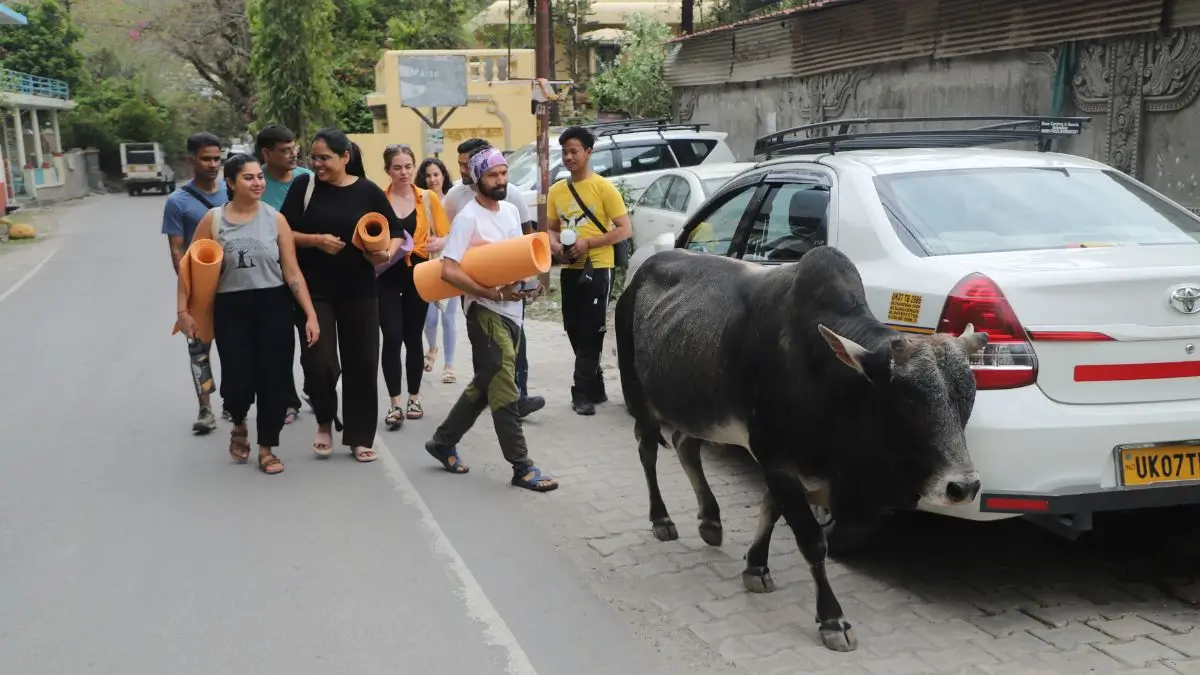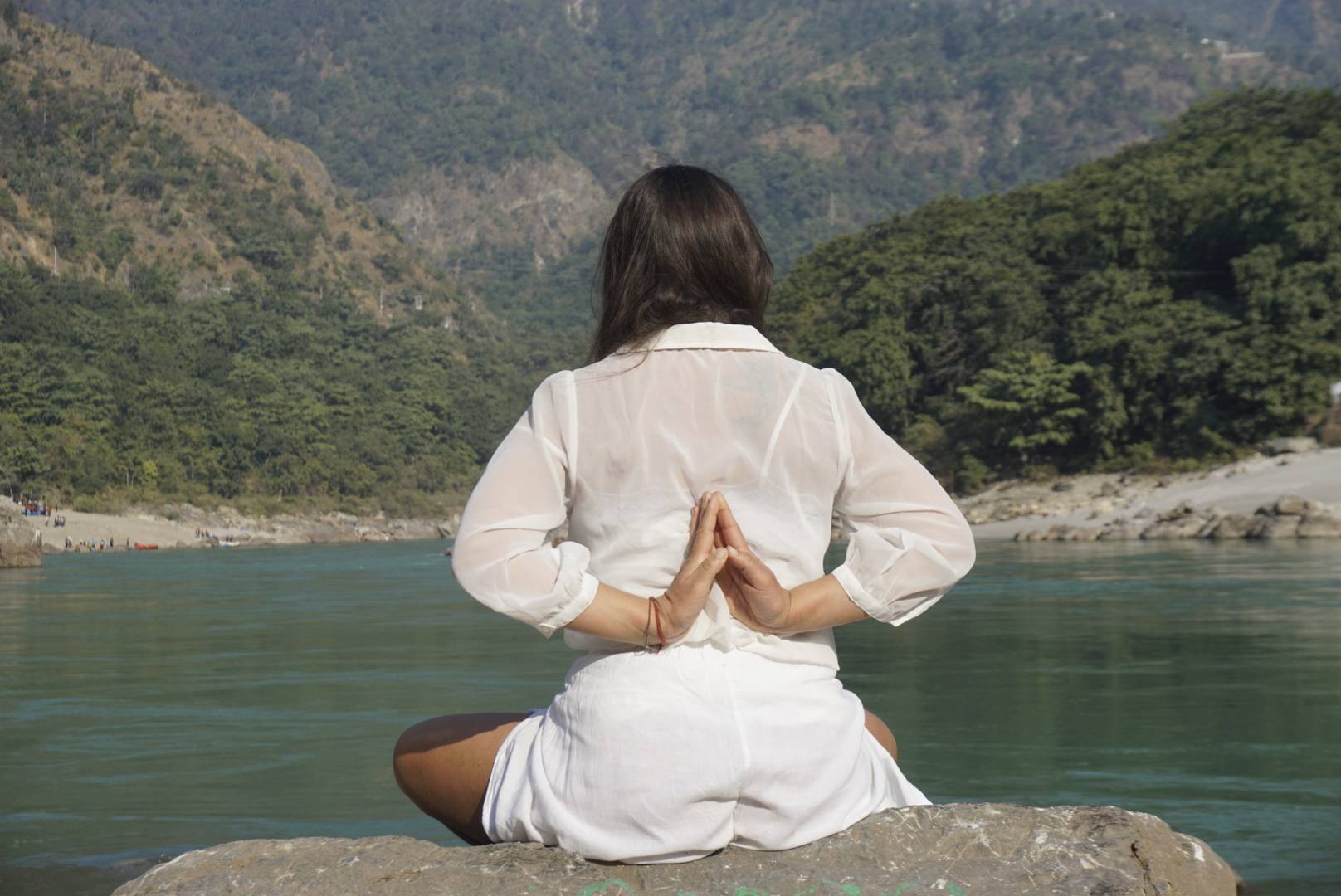Sacred Spaces for Healing | 100 Hour Yoga Teacher Training in Rishikesh

Short answer: Retreats create sacred spaces where we can pause, step away from the noise of daily life, and reconnect with ourselves. They allow the nervous system to reset, the mind to quiet down, and the heart to remember its natural rhythm of presence and peace.
Why Sacred Spaces Matter for Healing
In a world of constant movement, true rest has become rare. We scroll, rush, and consume endlessly, but seldom do we pause long enough to hear the deeper needs of the soul. Sacred spaces—whether in temples, nature, or yoga retreats—invite us to stop.
When we step into such environments, something shifts: our breath slows, our shoulders soften, and the inner chatter begins to fade. Healing happens not by doing more, but by finally being present.
The Ancient Roots of Retreats
Retreats are not modern inventions. Ancient yogis and sages withdrew into caves and forests, seeking solitude to deepen their practices. The Sanskrit word “aranya” means forest, a place where seekers once lived to cultivate silence and wisdom.
Today’s yoga retreats mirror this tradition, creating structured containers where modern practitioners can rediscover stillness amidst supportive guidance.
How Retreats Support Inner Transformation
1. Disconnection From Noise
By stepping away from digital overload, retreats help release the grip of constant stimulation. Without notifications, your nervous system finally breathes.
) 2. Connection With Nature
Sacred spaces are often nestled in natural settings—mountains, rivers, or forests. Nature itself is medicine, reminding us that our bodies follow the same cycles of rest and renewal.
3. Guidance and Community
Retreats bring together teachers and fellow seekers. In this shared space, healing accelerates—because presence is contagious.
4. Deepening Practices
Whether through yoga postures, meditation, or breathwork, the consistency of daily practice within a retreat environment anchors new ways of being.
My First Retreat Experience
I remember arriving at my first yoga retreat feeling exhausted, carrying the weight of burnout. The silence of the mountains felt unsettling at first. But within days, I realized I was learning to listen again—to the sound of my breath, the rhythm of my heart, the whispers of my own intuition.
The retreat didn’t give me something new; it reminded me of what I already had within.
Sacred Spaces as Bridges Between Worlds
A retreat is more than a holiday. It’s a bridge between outer life and inner life. You leave behind the pressures of routine not to escape, but to return with clarity, resilience, and a deeper presence.
When we honor these spaces, we create the conditions for transformation that daily life rarely allows.
Closing Reflection
Sacred spaces remind us that healing does not happen by chance—it happens by intention. By stepping into a retreat, you step out of old patterns and into presence. And once you’ve touched that inner stillness, you carry it back into your everyday life, allowing it to ripple through your relationships, work, and sense of self.
For seekers ready to balance ancient wisdom with modern practice, few paths are as powerful as beginning a 100 hour yoga teacher training in Rishikesh.
Frequently Asked Questions
1. How is a yoga retreat different from a vacation?
A retreat is designed for intentional rest, reflection, and practice. Unlike a vacation, it focuses on inner renewal rather than external entertainment.
2. Do I need prior yoga experience to join a retreat?
Not necessarily. Many retreats welcome beginners, offering gentle guidance that meets you where you are.
3. Why is Rishikesh a popular destination for retreats?
Rishikesh, known as the “Yoga Capital of the World,” offers a unique blend of spiritual tradition, natural beauty, and authentic yoga teaching.




